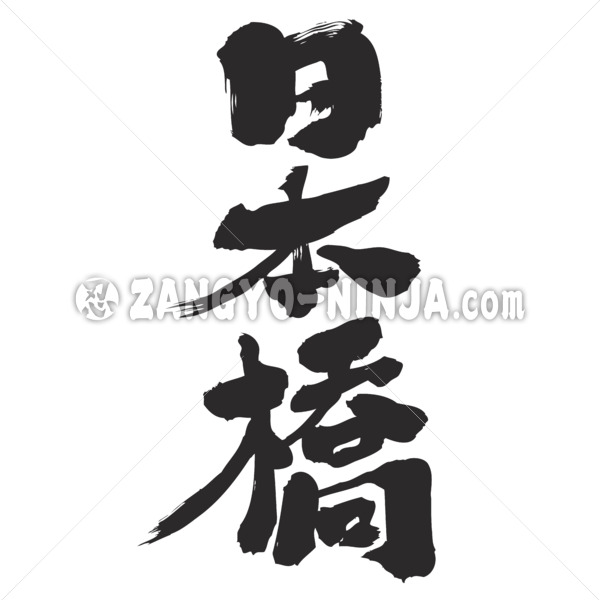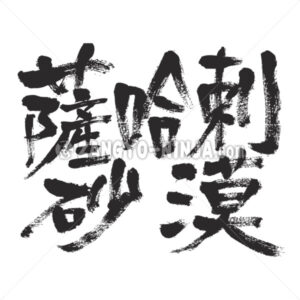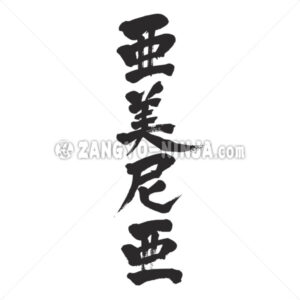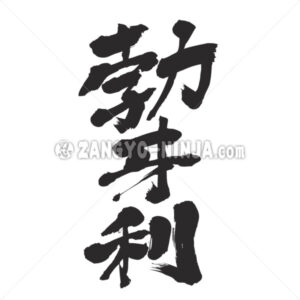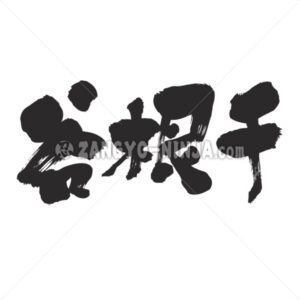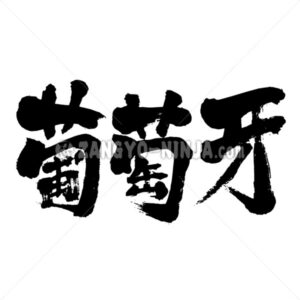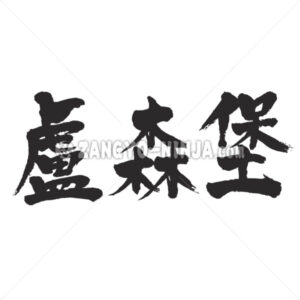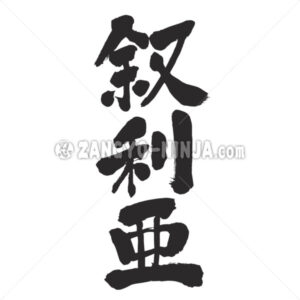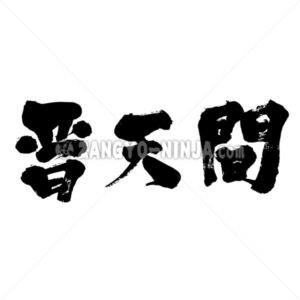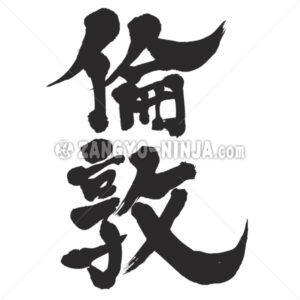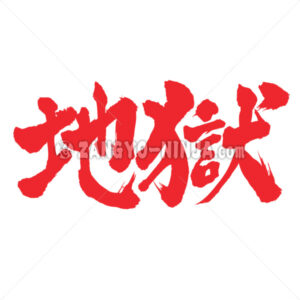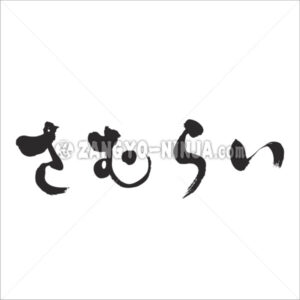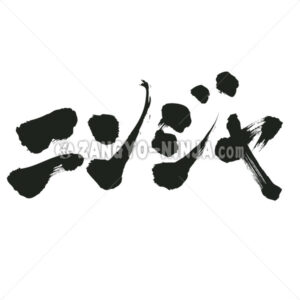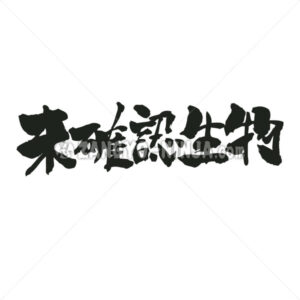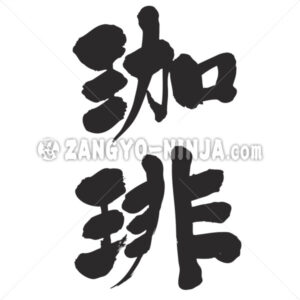Description for “Nihonbashi in Kanji”
It was the business center of Edo. The area is flooded with people who support economic activities, such as merchants and craftsmen who dream of prosperity from all over Japan, and the infrastructure is in place.
“Nihonbashi”, which exists as a symbol of this area, was built in 1603 by the first wooden bridge by Tokugawa Ieyasu’s national road network development plan. Designated as the starting point of the Five Routes in 1604, it prospered and became famous as the busiest area in Edo. Nihonbashi is often depicted as an ukiyo-e motif in the Edo period.
In Edo, where there were many fires, “Nihonbashi” had been burned down many times by the end of the Edo period, and it is said that by the Meiji Restoration, there were 10 total burns, including burns and half burns. In the early Meiji era, a stone bridge was built by Higo mason Kangoro Hashimoto, and on April 3, 1911 (Meiji 44), a Western-style double arch bridge made of granite was used as the 19th generation bridge. It was hung.
The current bridge is an arched stone bridge built in 1911, and the Metropolitan Expressway passes over it. Even now, the area around the Bank of Japan is a financial center where many commercial banks are gathered, and the Tokyo Stock Exchange is located in Nihonbashi Kabutocho. There are also many department stores and long-established stores.
In 1999 (Heisei 11), it was designated as a national important cultural property, and on July 4, 2005 (Heisei 17), the border between Turkey and Bulgaria from Japan was brought into effect by the intergovernmental agreement on the Asian Highway Network. It is also the starting point of “Asia Highway Route 1” leading to the vicinity.


